Schools of Anthias are one of the most vibrant sights on a coral reef and are highly desired in the marine aquarium....
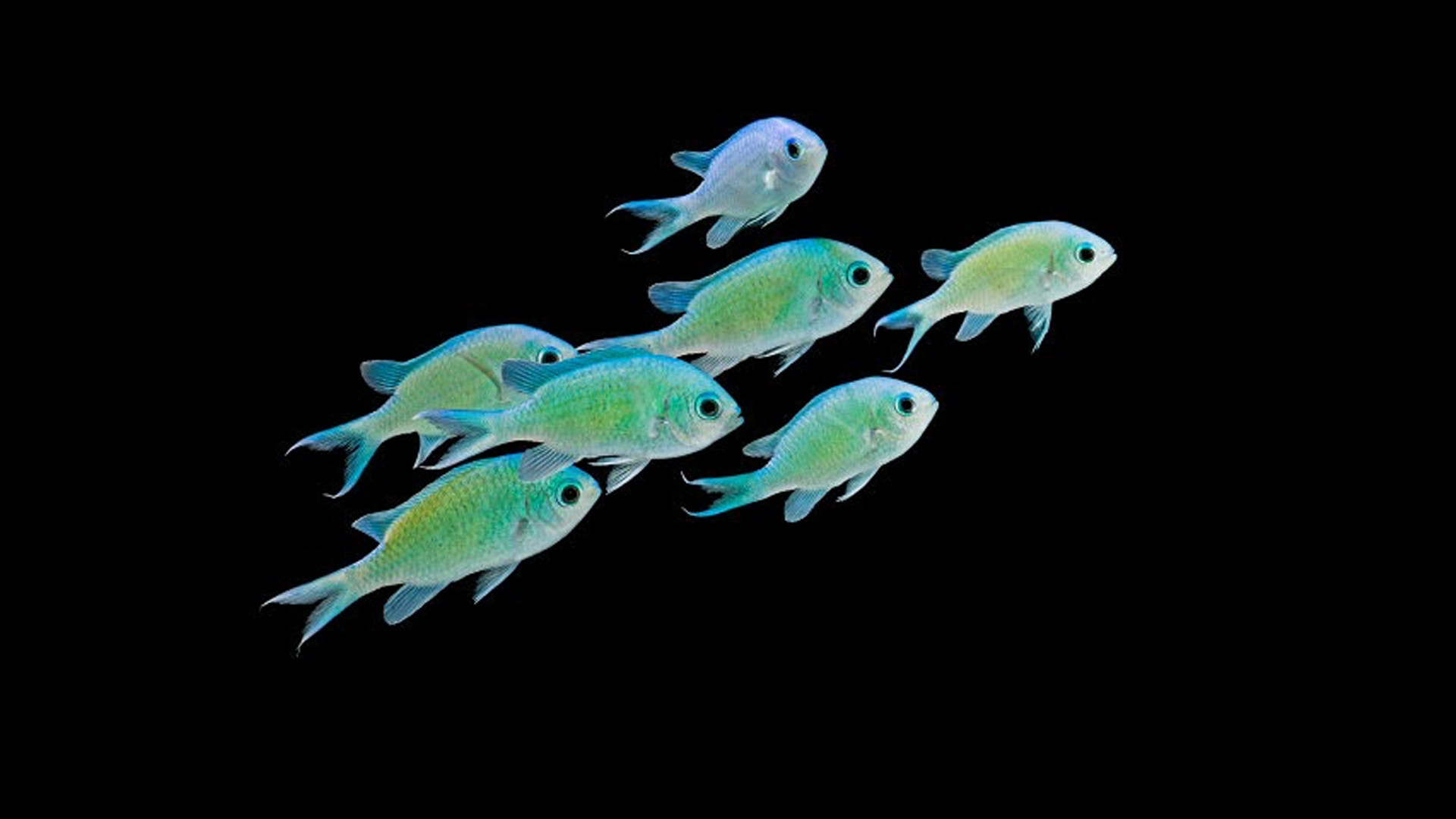
How to Create the Ideal Habitat for Red Sea Green Chromis for Long-Term Schooling Success
The Green Reef Chromis, Chromis viridis, is a cornerstone of the marine aquarium trade. Its electric green-blue coloration, active nature, and affordable price point make it a go-to for beginners and a staple for advanced reefers. Yet, this seemingly perfect fish comes with a frustratingly common story: a beautiful school of ten slowly dwindles, one by one, until only a pair or trio remains.
This isn't a case of weak or sickly fish; it's a fundamental misunderstanding of their needs. The solution isn't luck, it's habitat. This practical guide will provide the blueprint for creating an environment where your Green Chromis school can thrive for years to come.
A Quick Explanation: Why Peaceful Schools Turn Aggressive
While sold as a peaceful schooling fish, Green Reef Chromis naturally form a complex social hierarchy, or "pecking order." In a sparse environment, competition for the best food and, most importantly, the safest nighttime sleeping spots, becomes fierce. A dominant fish will systematically bully weaker individuals, chasing them from cover and preventing them from resting securely. This chronic stress leads to weakness, starvation, and eventual death. The key to peace is to eliminate the competition by providing an abundance of resources.
The Blueprint for Harmony: A Practical Guide to Aquascaping
This is the single most important factor for long-term success. Your aquascape must provide two distinct zones: a complex, dense refuge and a wide-open water column.
1. The Golden Rule: Create Extreme Complexity
The goal is to create a structure so intricate that it breaks all lines of sight and offers more potential hiding spots than there are fish. When the dominant fish cannot easily see or pursue others, aggression plummets.
· Choose the Right Materials: Opt for highly porous, multi-branched artificial or dry rock. Look for pieces with finger-like extensions, holes, and complex internal structures. Avoid smooth, bulky, or solid rocks, as these offer very few real hiding places.
· Build a Thicket, Not a Wall: Instead of a solid "wall of rock," focus on building a dense thicket on one side or in the center of the tank. Interlock the branching pieces to create a complex, three-dimensional matrix that fish can dart into and disappear.
· The "More Hides than Fish" Rule: As a rule of thumb, your final structure should have dozens of small nooks and crannies. When the lights go out, every single
Chromis should be able to find its own personal, secure sleeping spot without having to fight for it.
2. The Importance of Open Space
Green Reef Chromis are active, open-water swimmers during the day. It's crucial to balance the dense rockwork with a significant area of open water. A good layout dedicates 50-60% of the tank's footprint to the complex rock structure, leaving the rest open. This allows them to shoal naturally and provides space for feeding.
Essential Environment: Practical Flow and Feeding Strategies
Once the physical habitat is built, you must manage the water and food to support peaceful behavior.
· Flow: As natural planktivores, Chromis thrive in moderate, randomized flow. This mimics the reef currents that bring them their food. Instead of a single, powerful jet, use multiple smaller powerheads directed at the glass or towards each other. This creates a gentle, chaotic current that encourages them to swim actively in the water column.
· Feeding: Food competition is a major driver of aggression.
o Feed small amounts, multiple times per day. Two to three small feedings are far better than one large one. This keeps their metabolisms active and reduces the desperation that leads to fights.
o Use high-quality, small-particle foods. Finely chopped frozen mysis, calanus, and high-quality, small-particle pellets are all excellent choices.
o Broadcast feed into the flow. Release the food into the current in the open-water section of the tank. This disperses it widely, giving every fish an equal opportunity to eat rather than forcing them to crowd a single spot.
Social Dynamics and Stocking Advice for Success
This advice is critical for both LFS owners setting up their systems and for hobbyists planning their aquariums.
· Bigger is Better: For both the school and the tank. A larger group (starting with at least 7-9 individuals) is much better at diffusing aggression than a small one. The dominant fish simply cannot focus on a single target.
· Provide Adequate Space: To accommodate both the dense rockwork and the open swimming space needed for a healthy school, a tank of at least 48 inches in length
(e.g., a 75-gallon / 280-liter aquarium) is highly recommended. Attempting to keep a school in a smaller tank is often the primary cause of failure.
· Advice for Hobbyists: When you purchase Green Reef Chromis, observe how they are kept at the store. A retailer who houses them in a tank with appropriate branching structures is already demonstrating a professional understanding of their needs.
· Advice for Shop Owners: Setting up one of your Chromis sales tanks using this model—with a central thicket of branching rock—will not only reduce your own losses but will also act as a silent salesperson, showing customers the exact habitat needed for success and reducing post-sale complaints.
Conclusion: Build a Habitat, Not Just Fill a Tank
The Green Reef Chromis is, and deserves to be, a hobby staple. The "mystery" of their disappearing numbers is solved when we shift our focus from the fish to the environment we create for them. By providing a complex, branching aquascape that respects their natural instincts for shelter, you are not just building a rock pile; you are building a peaceful and thriving community.
For wholesale inquiries or for more detailed guidance on stocking your systems for success, our expert team is ready to assist. Please contact us at sales@etropicalfish.com.

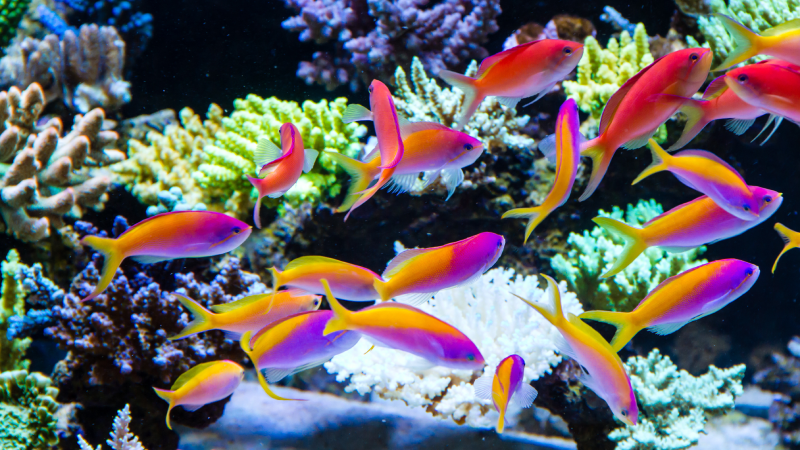
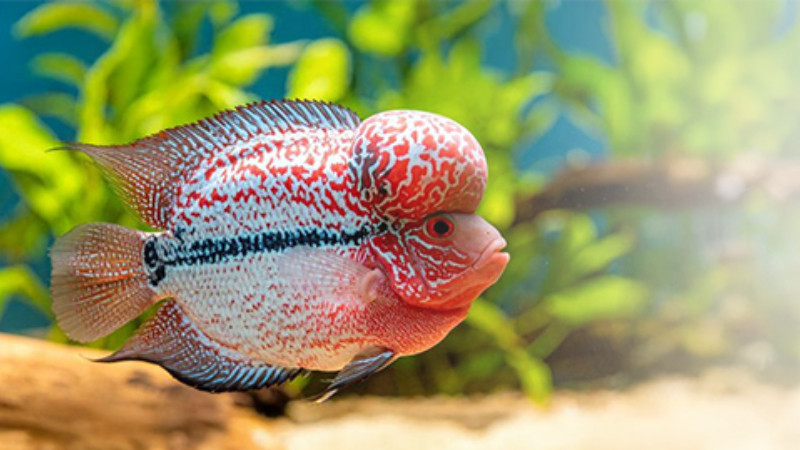
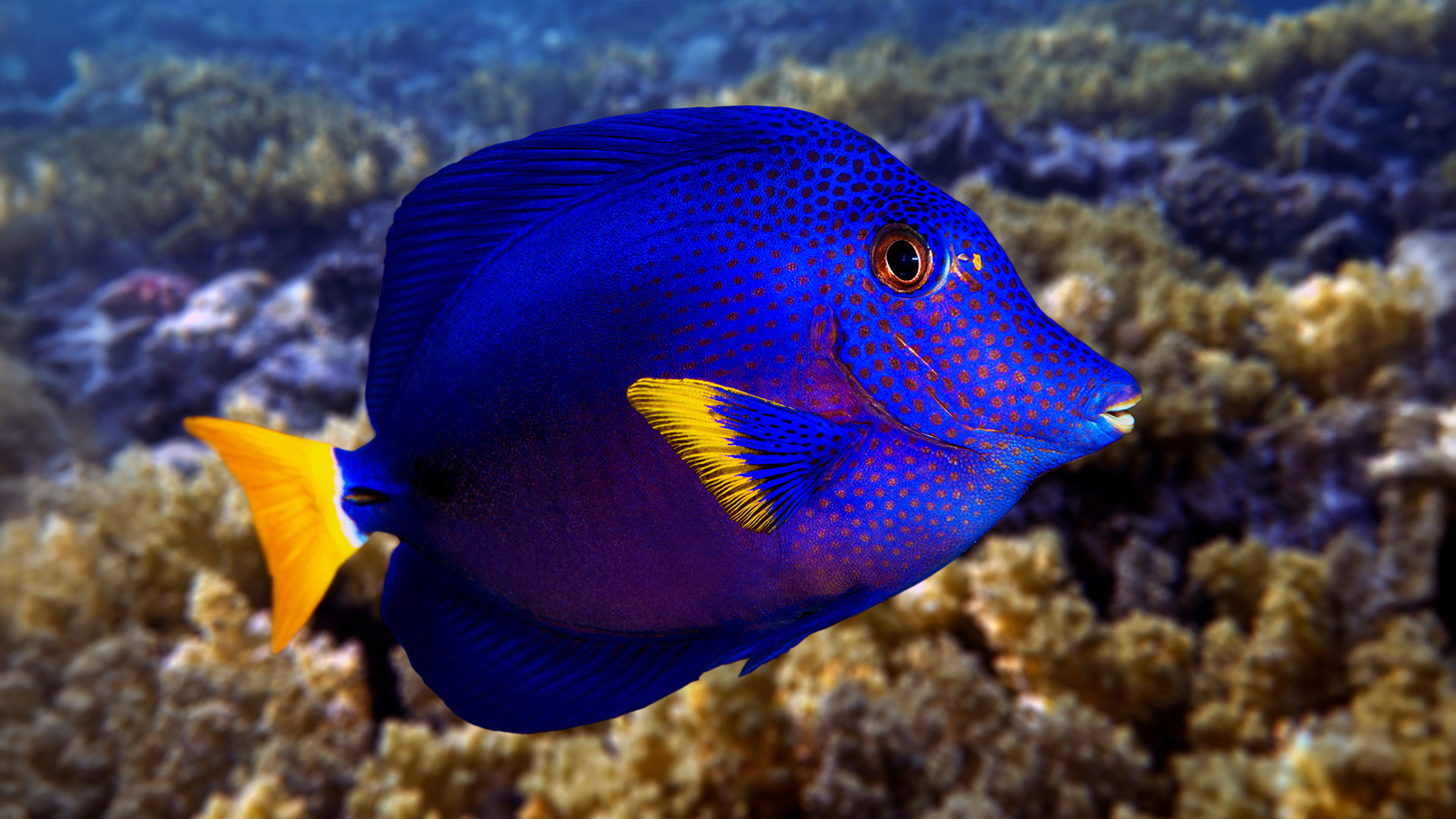
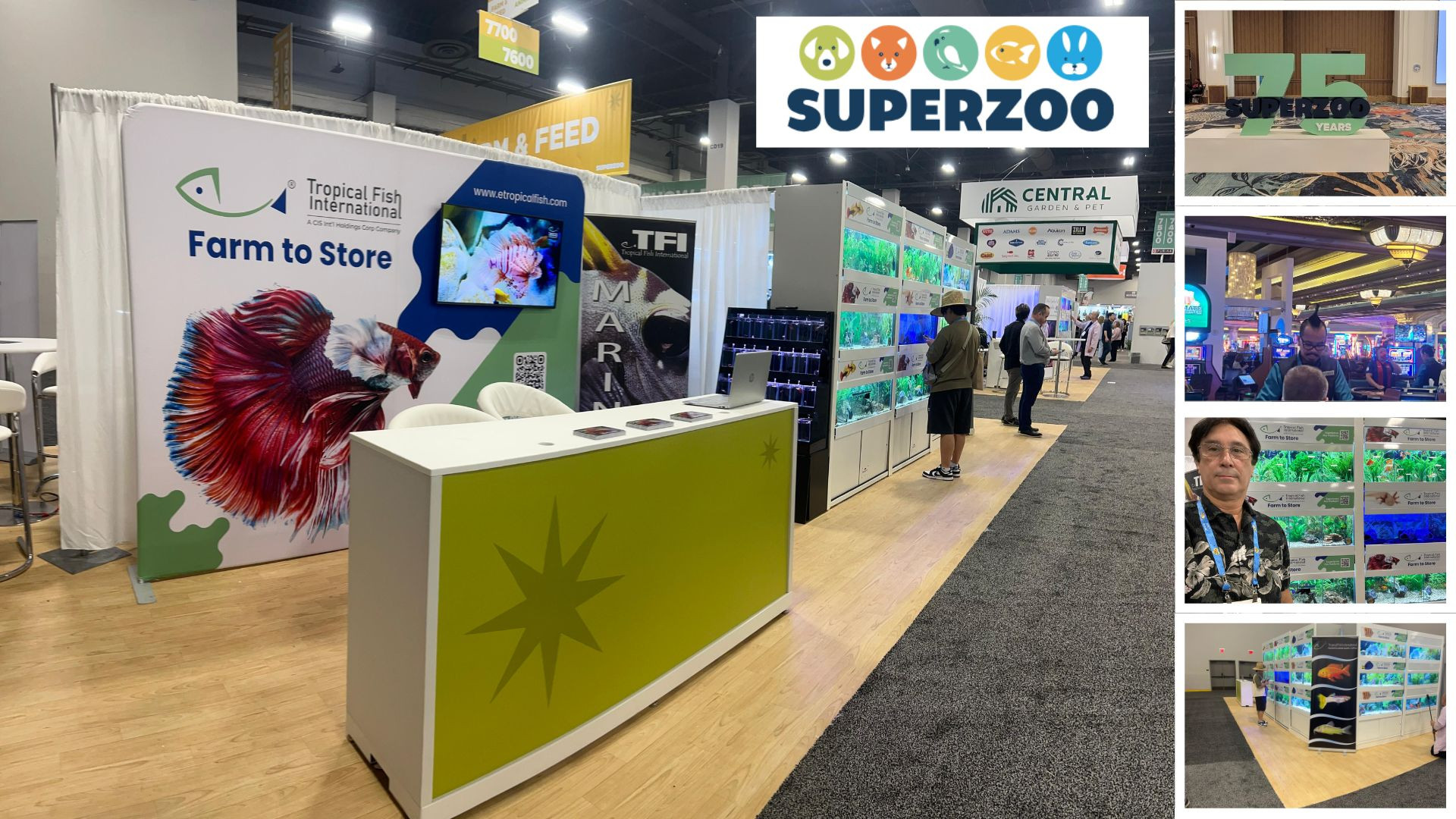
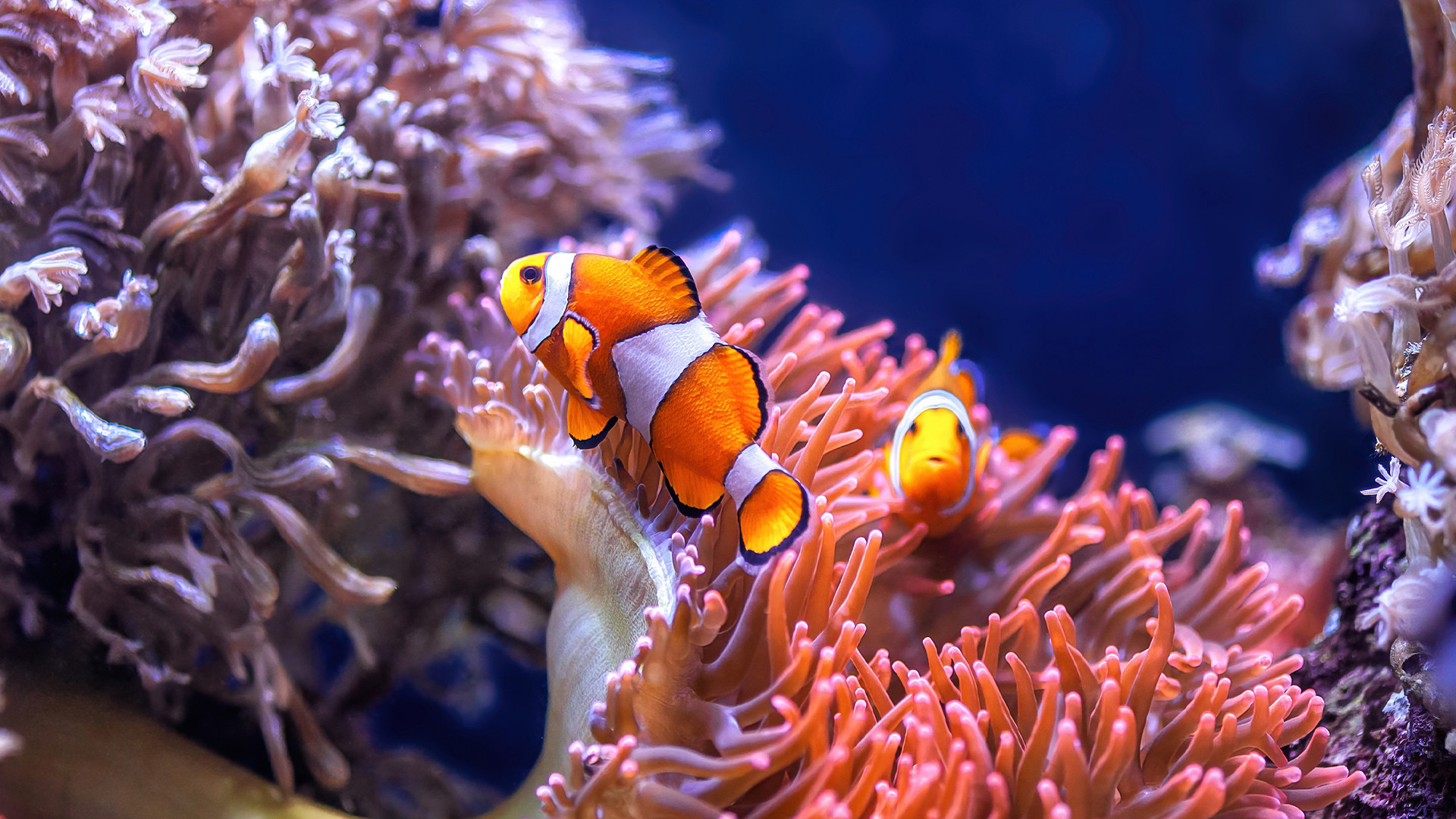

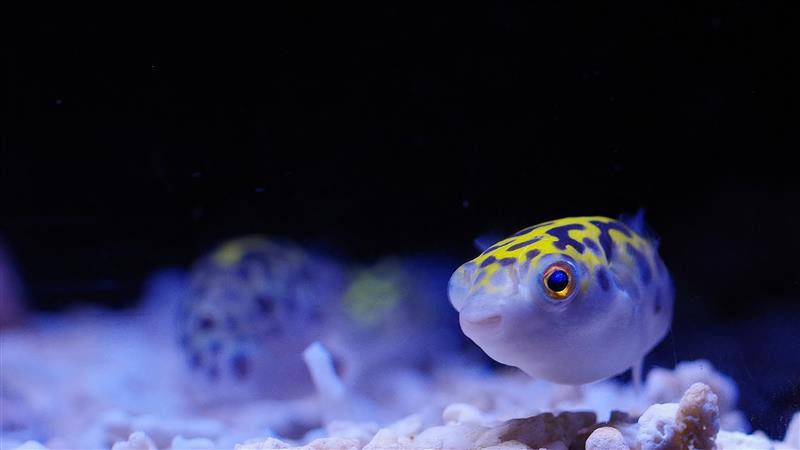
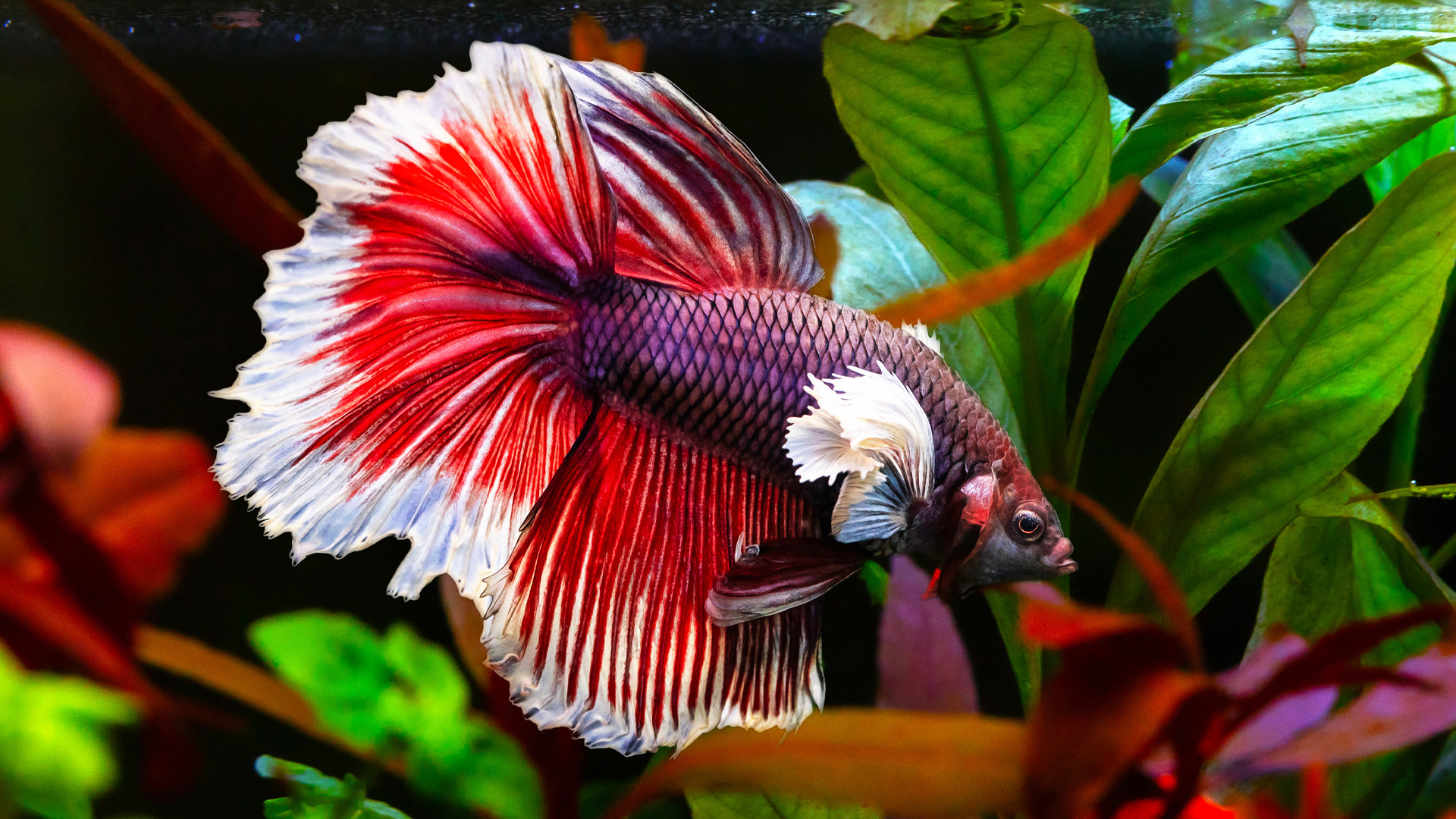
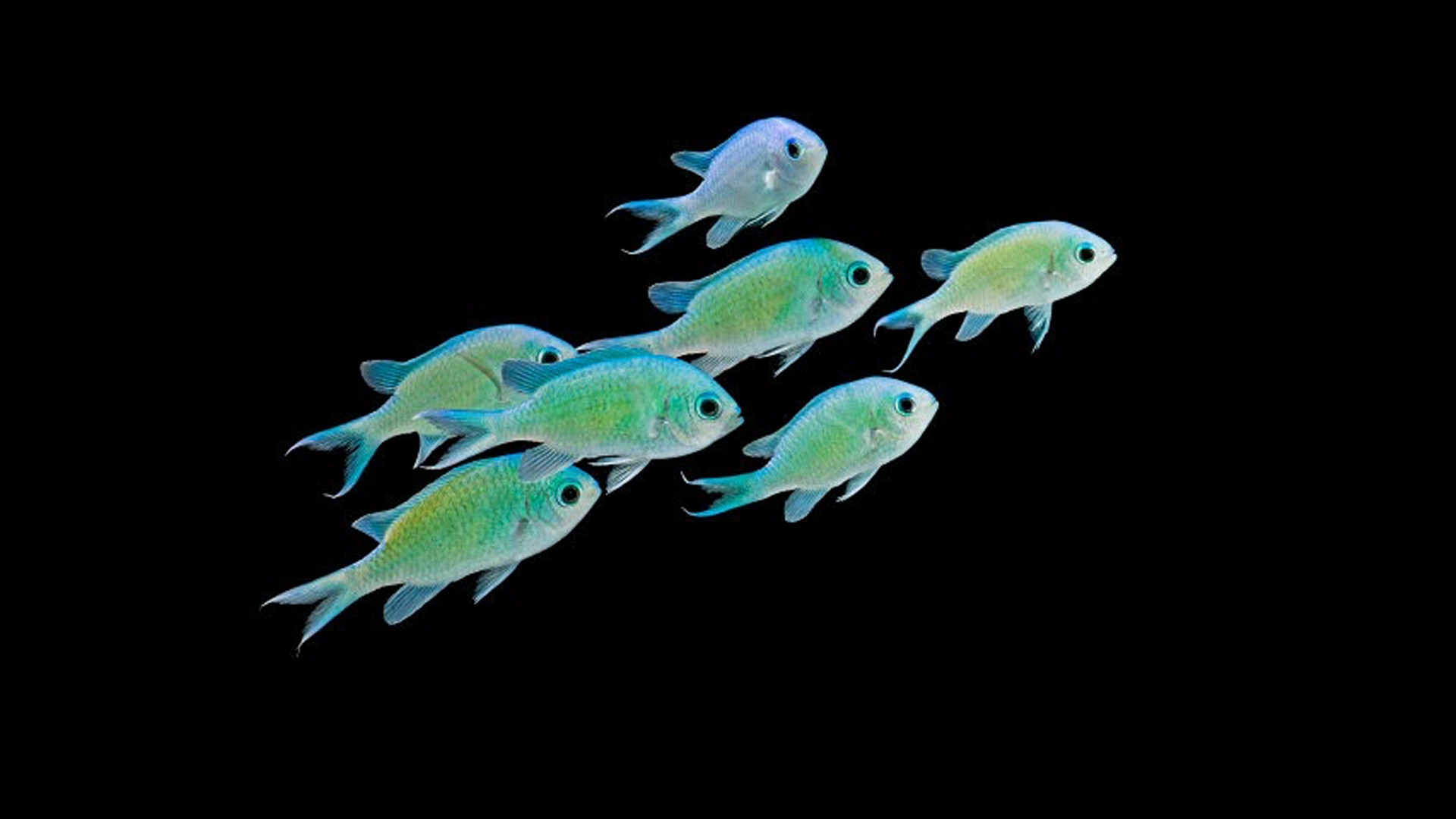
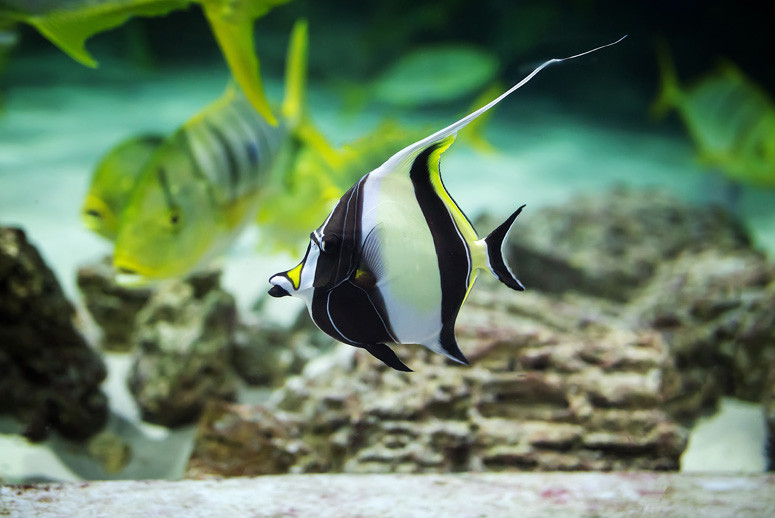
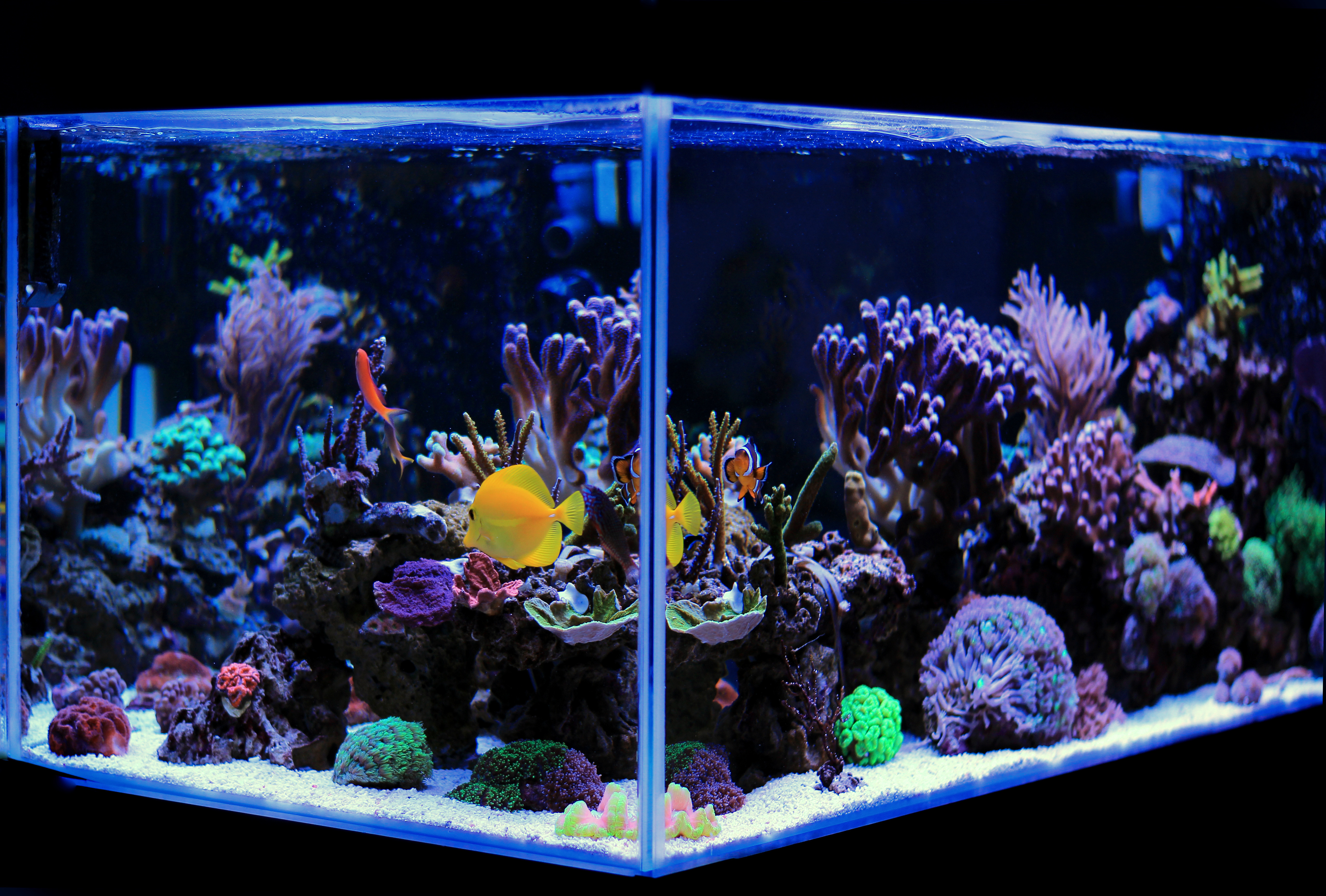
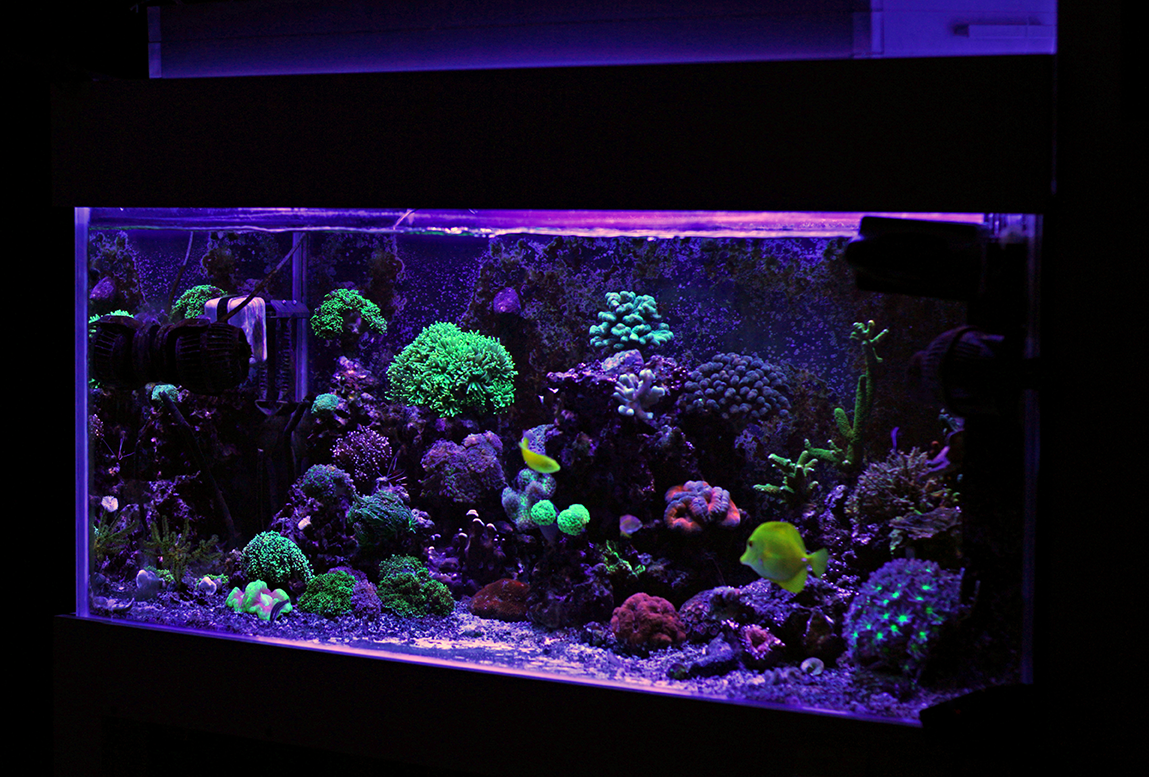
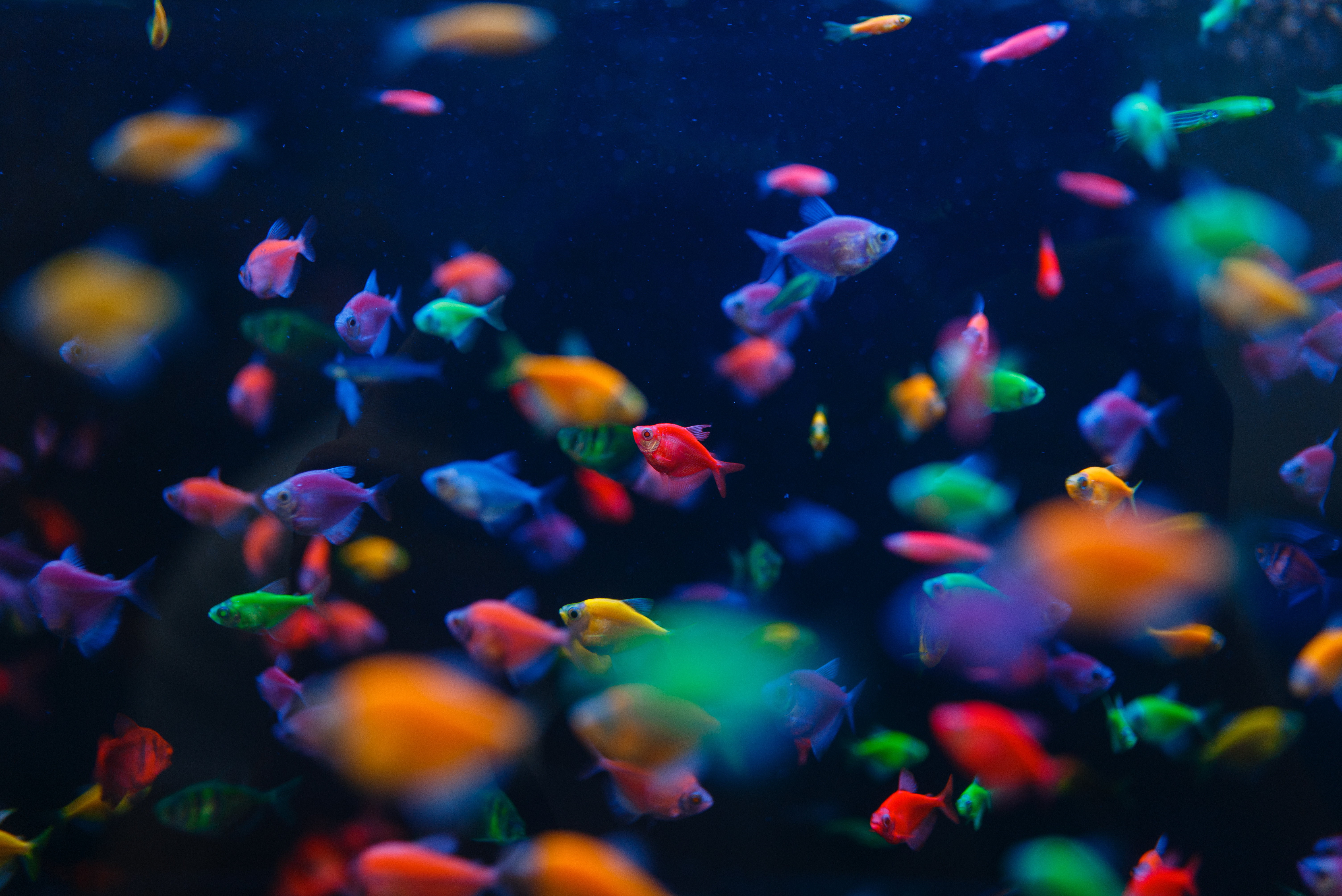
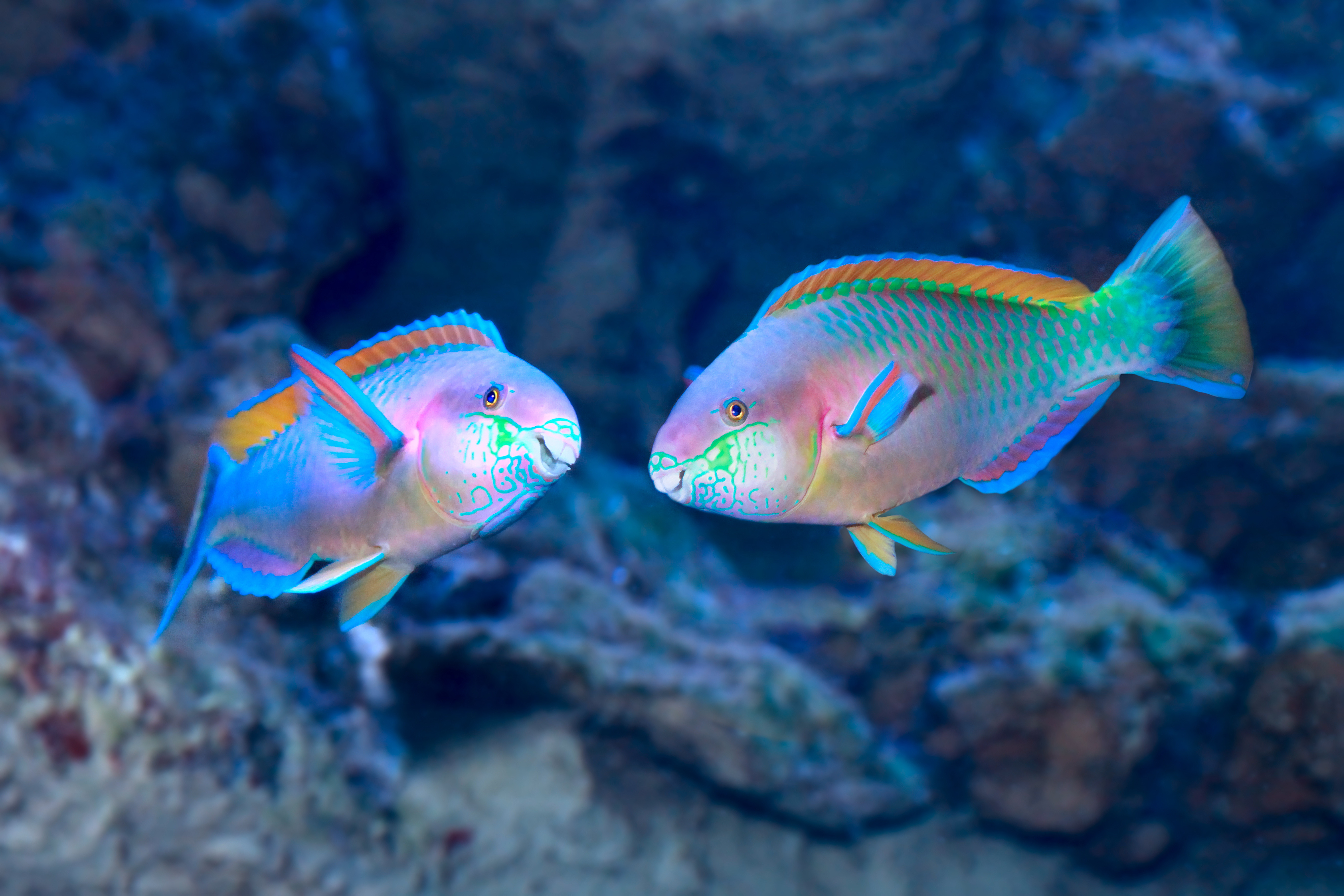
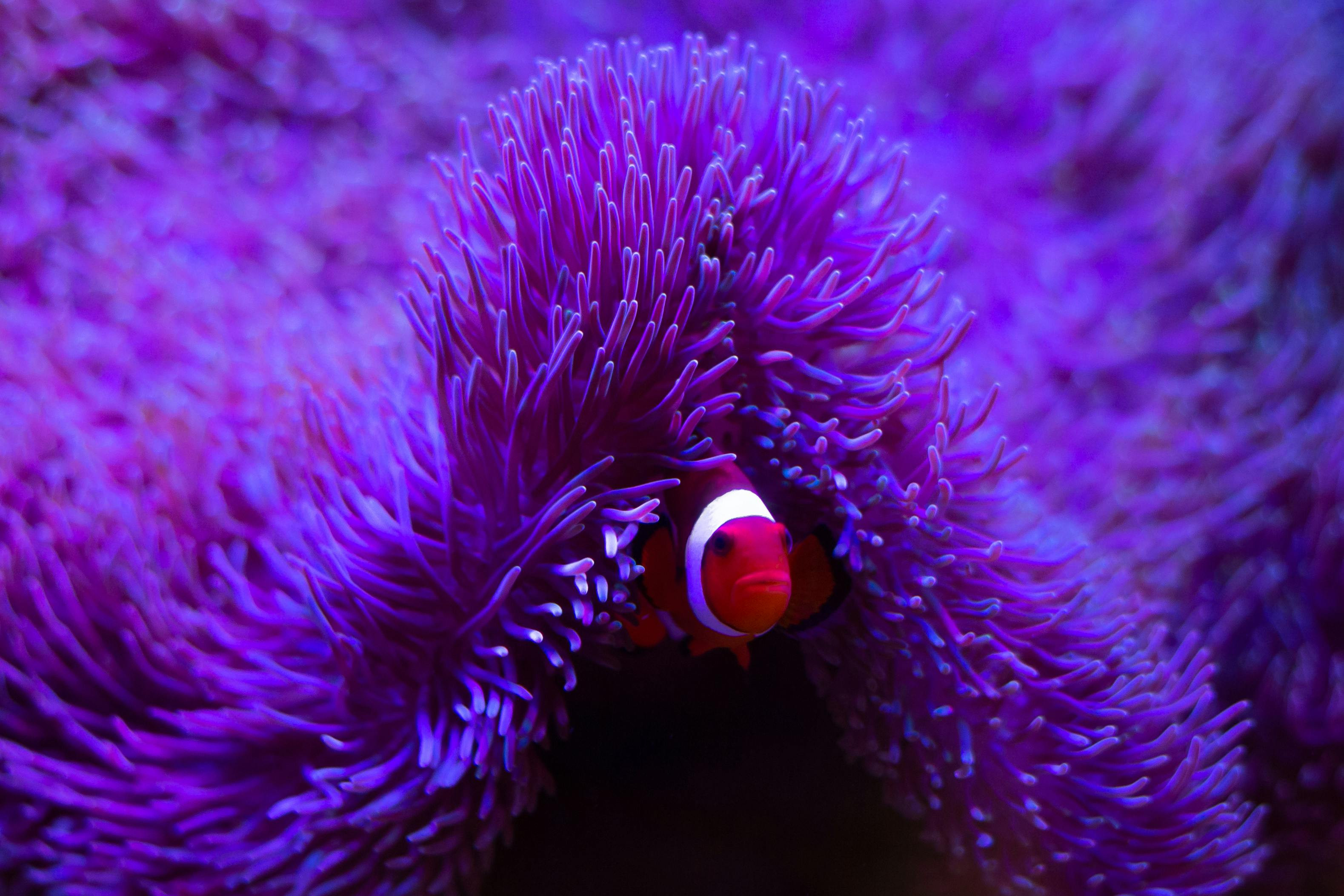
Leave a comment